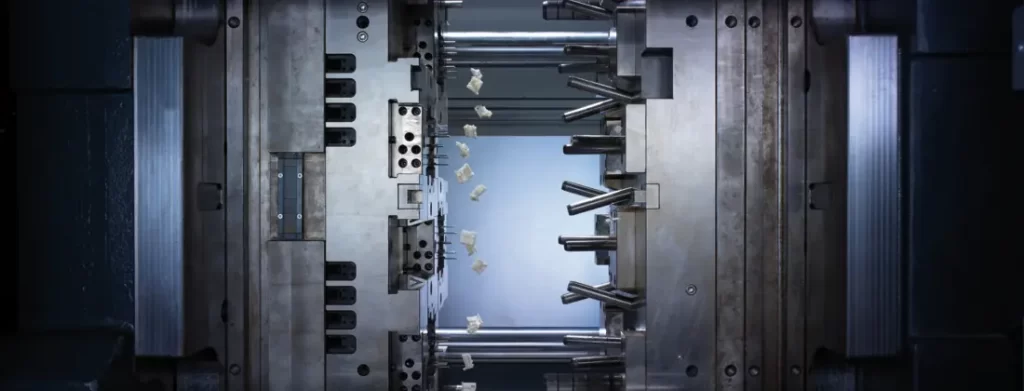Injection molds are a critical component in the manufacturing of plastic parts. Their performance directly affects product quality, production efficiency, and operational costs. Traditional maintenance strategies—reactive and preventive—are either too late or too frequent, leading to unplanned downtimes or excessive maintenance. Predictive maintenance (PdM) offers a data-driven approach to optimize mold maintenance, reduce costs, and increase uptime.
What is Predictive Maintenance?
Predictive maintenance involves monitoring the condition and performance of equipment during normal operation to reduce the likelihood of failures. Unlike preventive maintenance, which occurs at scheduled intervals regardless of the equipment’s condition, PdM uses real-time data to predict when maintenance should be performed. This allows for more precise planning and reduces unnecessary maintenance activities.
Why Use Predictive Maintenance for Injection Molds?
Injection molds are subject to high temperatures, pressures, and repetitive cycles, making them susceptible to wear and tear. Common mold-related issues include:
Surface wear and corrosion
Cooling channel blockages
Ejector pin failure
Alignment issues
Thermal fatigue
By predicting such failures before they occur, PdM can offer several benefits:
Reduced Downtime: Prevents unexpected mold failures during production runs.
Cost Efficiency: Minimizes repair costs and avoids over-maintenance.
Quality Assurance: Ensures consistent product quality by maintaining mold integrity.
Extended Mold Life: Enables early intervention before significant damage occurs.
Key Technologies Used in Predictive Maintenance
Sensors and IoT Devices
Temperature, pressure, and vibration sensors embedded in the mold or molding machine collect real-time data.
Flow sensors monitor the cooling channels to detect blockages or reduced efficiency.
Data Analytics and Machine Learning
Algorithms analyze patterns from historical and live data to predict failures.
Machine learning models can be trained to recognize early signs of wear or abnormal operation.
Condition Monitoring Systems
Integrated platforms visualize data trends and alert operators to potential issues.
Cloud-based systems allow for centralized monitoring across multiple machines or locations.
Digital Twins
A digital replica of the injection mold allows for simulation of wear and operational conditions.
Enhances the ability to predict future performance and plan interventions.
Implementation Steps
Baseline Assessment
Evaluate current mold usage, failure rates, and maintenance history.
Identify critical molds and components most prone to failure.
Sensor Integration
Equip molds and machines with appropriate sensors for continuous data collection.
Data Collection and Storage
Establish infrastructure for collecting, storing, and managing sensor data.
Analytics and Modeling
Develop predictive models tailored to specific mold types, materials, and production conditions.
Alerting and Decision Support
Implement a notification system to inform maintenance teams of upcoming maintenance needs.
Continuous Improvement
Refine models and processes based on feedback and additional data over time.
Challenges and Considerations
Initial Investment: Upfront cost for sensors, software, and integration may be high.
Data Management: Requires robust IT infrastructure and cybersecurity measures.
Change Management: Operators and technicians must be trained in new technologies and workflows.
Integration: Compatibility with existing manufacturing execution systems (MES) and ERP platforms must be ensured.
Real-World Applications
Automotive: Ensuring continuous operation of high-precision molds for safety-critical components.
Medical Devices: Maintaining tight tolerances and cleanroom compliance.
Consumer Goods: Supporting high-volume production with minimal downtime.
Conclusion
Predictive maintenance for injection molds represents a transformative step toward smarter manufacturing. By leveraging real-time monitoring and advanced analytics, manufacturers can significantly reduce costs, increase uptime, and improve product quality. While implementation requires investment and planning, the long-term benefits far outweigh the initial challenges, especially in competitive and high-volume production environments.


